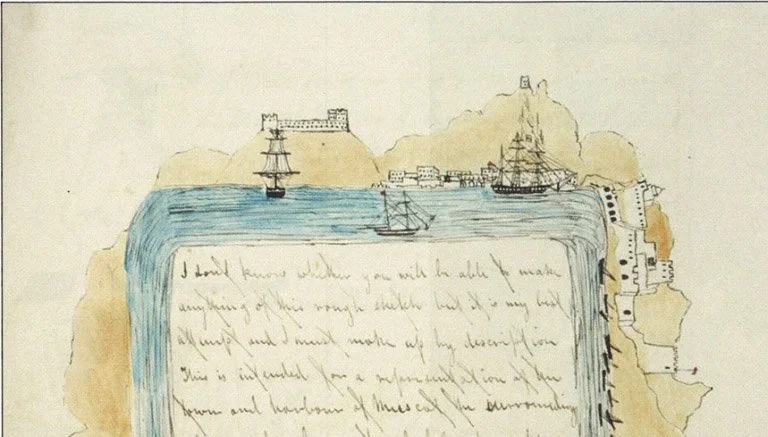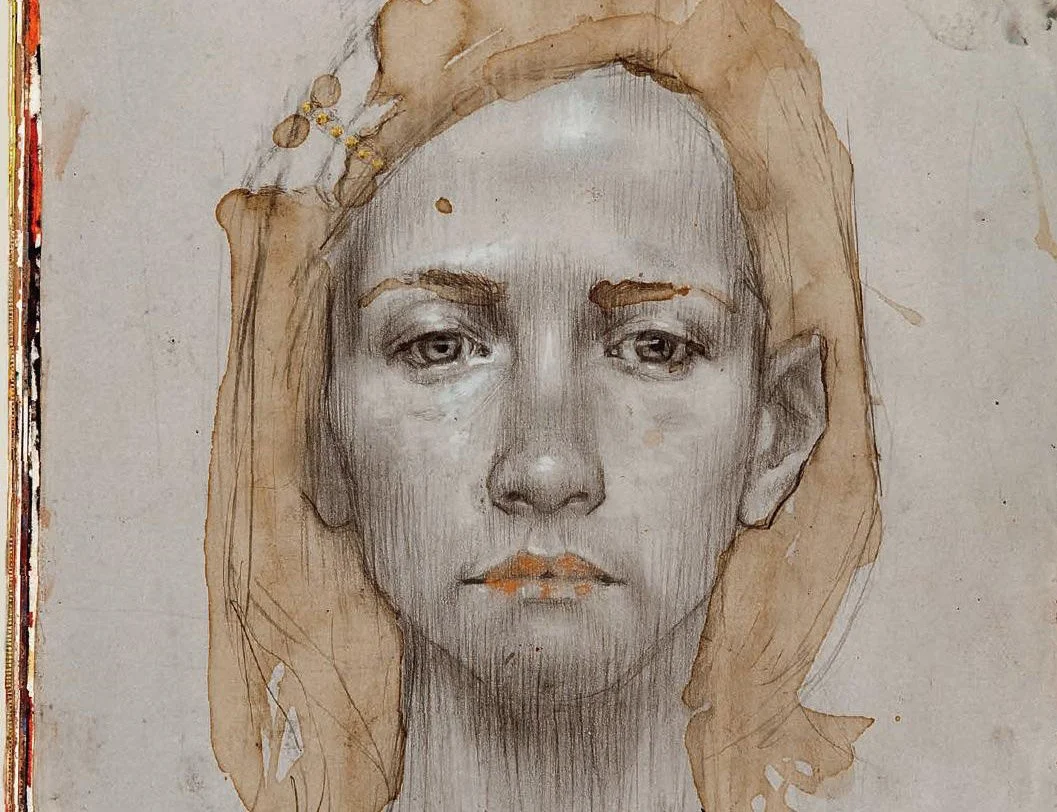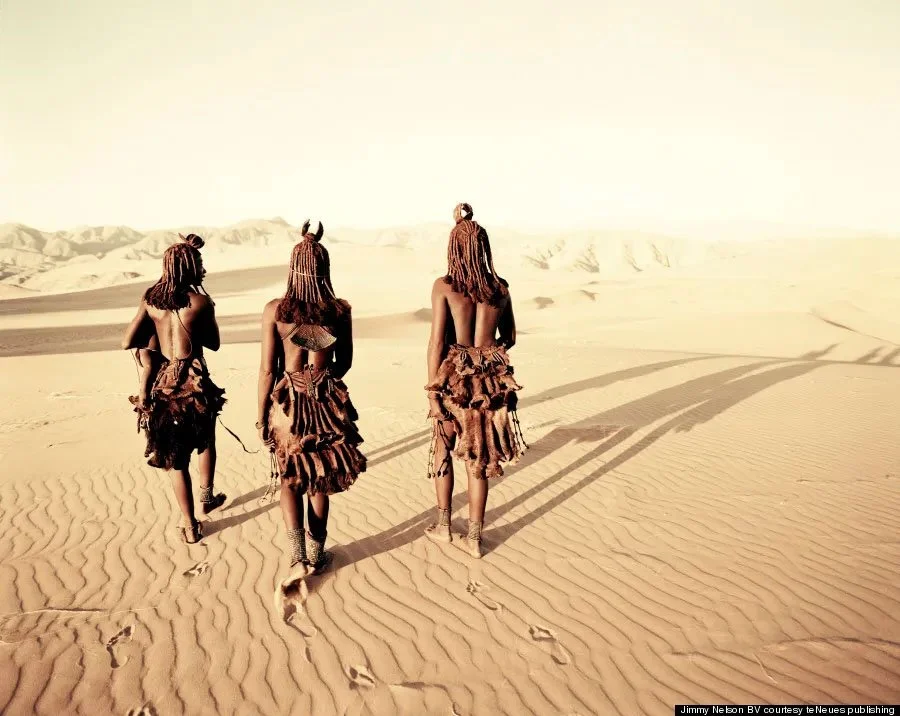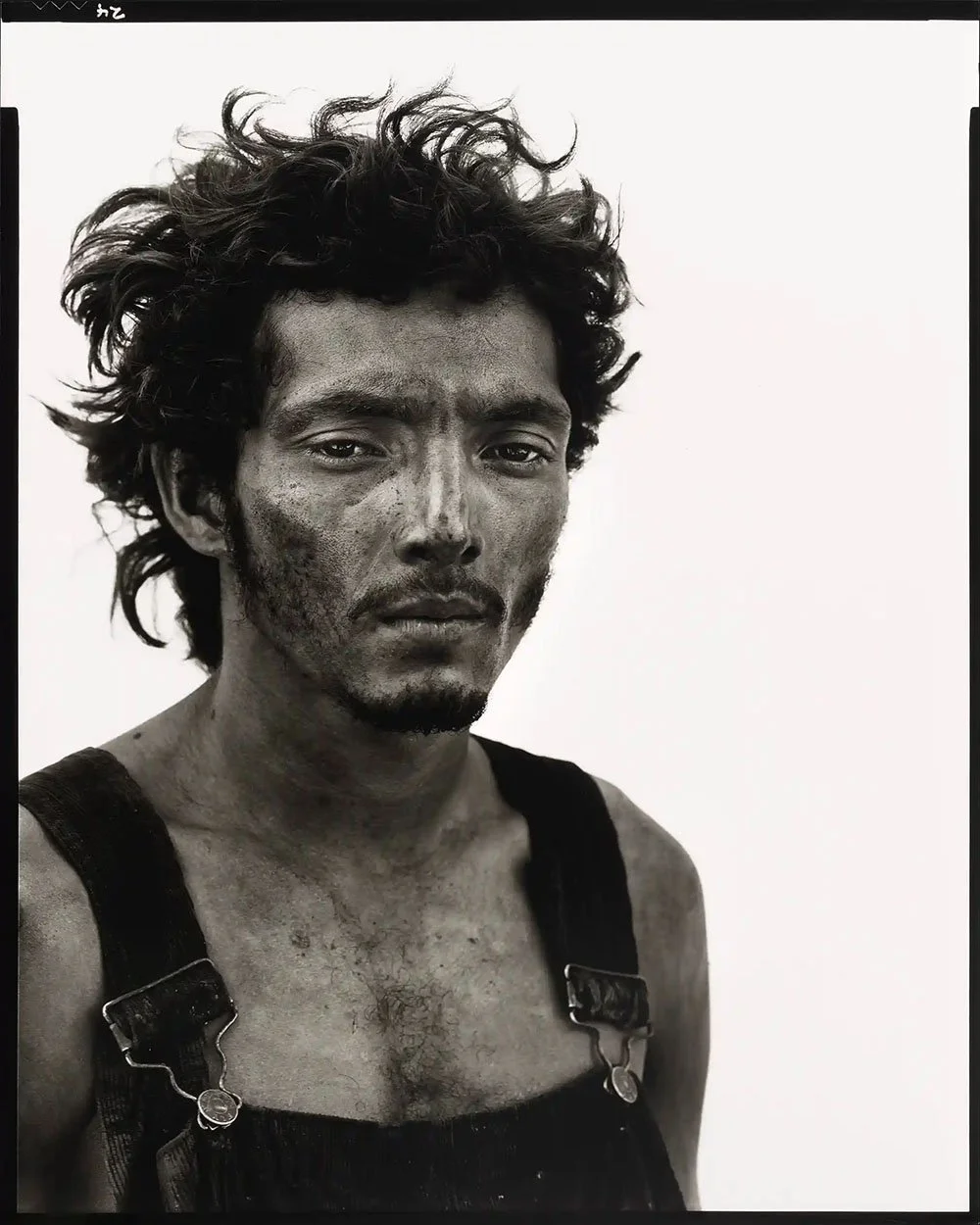Image on Paper
(Reviews: Books, Art, Photobooks and Photography)
She … retraced his journeys, visited his childhood home, located his grave, connected with his descendants, and imagined the details of his life with clarity and great sympathy. No, indeed, went further than this: fell in love with him, defended him, championed him … and in a strange way became him.
It would seem that the best photography owes it's power to the ability to represent something which portrait artists, working in traditional media, accomplish much more naturally.
The project of understanding the Indian cultural landscape was in no way a small one. It was, in fact, the type of project that could only be undertaken with the resources and urgencies of an empire behind it.
In a photobook we read the photographer just as much as the photographs. It is this quality that makes a deeper understanding possible.
I believe that culture and appearance are directly linked. This belief has been developed and evolved over many years of me, living, cohabiting and photographing these indigenous cultures.
Culture is a slippery business. It is easy to find yourself authoring of a kind of patronizing determinism – especially when what attracts you to a subject is exotic, distant, and other.
Produced through the wet plate collodion process with vintage lenses, Antoine’s images bring us face to face with a haunting darkness. The frames on the wall contain ghosts and their shadows that have been pulled out of time. It is as if, forsaking reality, Antoine has managed to photograph memory itself.
A sensibility, an opinion, opens up the possibility of a conversation. Photographs are always about more that what they show.
“A portrait is not a likeness. The moment an emotion or fact is transformed into a photograph it is no longer a fact but an opinion. There is no such thing as inaccuracy in photographs. All photographs are accurate. None of them is the truth.”
A man jumps over his own reflection, a passerby is caught in irony or contradiction in front of a street sign. The foreground comments on the background. The shadows betray the figure.
Ever since its inception photography has suffered from an identity crisis: not knowing if it was an art, and if it was an art, incapable of locating the nexus of artistic genius …
To this day, one of the most influential photobooks ever made is Irving Penn’s Worlds in a Small Room. It is noted for the photographs … but it is equally monumental for the profound way in which the photographer attempts to engage the world.
This is the essence of JR’s work: flyposting photographic portraits (with neither official permission, nor corporate endorsement) on a large scale, in the public space.
Charles Jones, the son of a master butcher, was born in England in 1866. He trained as a gardener and took various positions on private estates in England. It is thought that a number of the prints featured in the book were probably made between 1895-1905.
If Rembrandt were a photographer instead of a painter, and if he were drawn to the margins of society rather than to himself, he might have produced works very much like those of Pierre Gonnord.
I stood in an exhibition of photographs that were part quotidian street scenes and part formal sittings. I faced a large wall that held only one image. It depicted two people sitting at a restaurant table, their faces blackened by deep shadows …
A portrait almost always carries the weight of a story behind it. That is, I think, what separates the successful portrait from the failure. A successful portrait has a story and a voice that speaks through the image, wanting to tell it.
The Photobook is a pivotal work for it defines explicitly something understood but never stated: there are photographs conceived for a gallery space, and there are photographs which have their natural expression in the pages of a book.
Eldon’s journals have proved influential for photographers, artists, and graphic designers. For those who admire its graphic sensibilities, this book would seem to encourage more time spent with the computer unplugged, working directly with materials.
The found photo is a strange beast. It is a photo with one foot in the grave; redeemed (if that is the right word) through someone’s interest in it.
Books
Portraits Found and Taken. 144 pages. Hardcover.
Black and white portrait photography.
In 2014, Portraits Found and Taken was awarded second in the PX3 Paris Photo Prize.
Over 75 portraits of artists, musicians, writers, and others. The book includes a collection of found photographs and two works of fiction: "with men of progress", and "women of vision" appearing for the first time in print. An introduction explores the link between three types of portraits: found, taken, and written. Preface by noted Vancouver writer, publisher and photographer Stephen Osborne.
This is a small-run, duo-tone print edition. The first 100 copies are numbered and signed by the artist [numbered copies are sold out].































